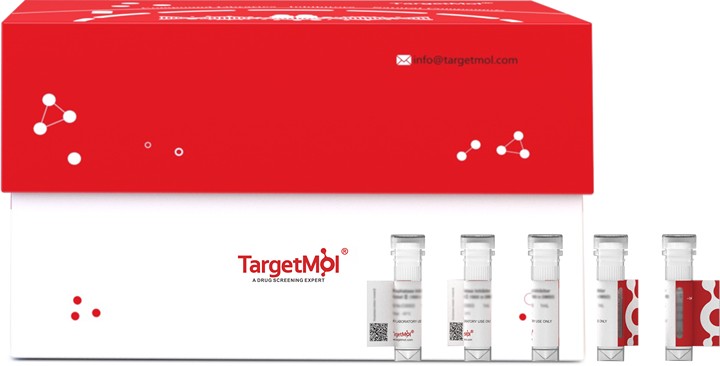Shopping Cart
- Remove All
 Your shopping cart is currently empty
Your shopping cart is currently empty

HRG/HPRG Protein, Rat, Recombinant (His) is expressed in HEK293 mammalian cells with His tag. The predicted molecular weight is 58.6 kDa and the accession number is A6JS43.

| Pack Size | Price | Availability | Quantity |
|---|---|---|---|
| 100 μg | $700 | 7-10 days |
| Biological Activity | Activity testing is in progress. It is theoretically active, but we cannot guarantee it. If you require protein activity, we recommend choosing the eukaryotic expression version first. |
| Description | HRG/HPRG Protein, Rat, Recombinant (His) is expressed in HEK293 mammalian cells with His tag. The predicted molecular weight is 58.6 kDa and the accession number is A6JS43. |
| Species | Rat |
| Expression System | HEK293 Cells |
| Tag | C-His |
| Accession Number | A6JS43 |
| Synonyms | histidine-rich glycoprotein |
| Construction | A DNA sequence encoding the rat HRG (EDL78064.1) (Met1-Lys525) was expressed with a polyhistidine tag at the C-terminus. Predicted N terminal: Leu 19 |
| Protein Purity | > 90 % as determined by SDS-PAGE. |
| Molecular Weight | 58.6 kDa (predicted) |
| Endotoxin | < 1.0 EU/μg of the protein as determined by the LAL method. |
| Formulation | Lyophilized from a solution filtered through a 0.22 μm filter, containing PBS, pH 7.4. Typically, a mixture containing 5% to 8% trehalose, mannitol, and 0.01% Tween 80 is incorporated as a protective agent before lyophilization. |
| Reconstitution | A Certificate of Analysis (CoA) containing reconstitution instructions is included with the products. Please refer to the CoA for detailed information. |
| Stability & Storage | It is recommended to store recombinant proteins at -20°C to -80°C for future use. Lyophilized powders can be stably stored for over 12 months, while liquid products can be stored for 6-12 months at -80°C. For reconstituted protein solutions, the solution can be stored at -20°C to -80°C for at least 3 months. Please avoid multiple freeze-thaw cycles and store products in aliquots. |
| Shipping | In general, Lyophilized powders are shipping with blue ice. |
| Research Background | Histidine-rich glycoprotein, also known as HRG and HPRG, is a glycoprotein located in plasma and platelets and contains an unusually large amount of histidine and proline. In humans, five distinct domains are recognized in the mature HPRG molecule. There are two N-terminal cystatin-like modules (aa 19 - 254) and one His-Pro-rich region (aa 350 - 497) that is flanked by two Pro-rich segments (aa 276 - 321 and 498 - 525). The His-Pro-rich region contains 10 tandem repeats with an HHPHG motif, and the N- and C-termini are linked by a disulfide bond. The specific functions of HRG remain unclear, but it is known that the protein binds heme, dyes, and divalent metal ions. It inhibits rosette formation and interacts with heparin, thrombospondin, and plasminogen. Two of the protein's effects, the inhibition of fibrinolysis, and the reduction of inhibition of coagulation indicate a potential prothrombotic effect. HPRG is evolutionarily, functionally, and structurally related to cleaved high molecular weight kininogen (HKa), an anti-angiogenic polypeptide that stimulates apoptosis of proliferating endothelial cells through binding to cell-surface tropomyosin. The antiangiogenic activity of the multidomain plasma protein HPRG is localized to its histidine-proline-rich (H/P) domain and has recently been shown to be mediated, at least partially, through binding to cell-surface tropomyosin in fibroblast growth factor-2-activated endothelial cells. |

Copyright © 2015-2025 TargetMol Chemicals Inc. All Rights Reserved.